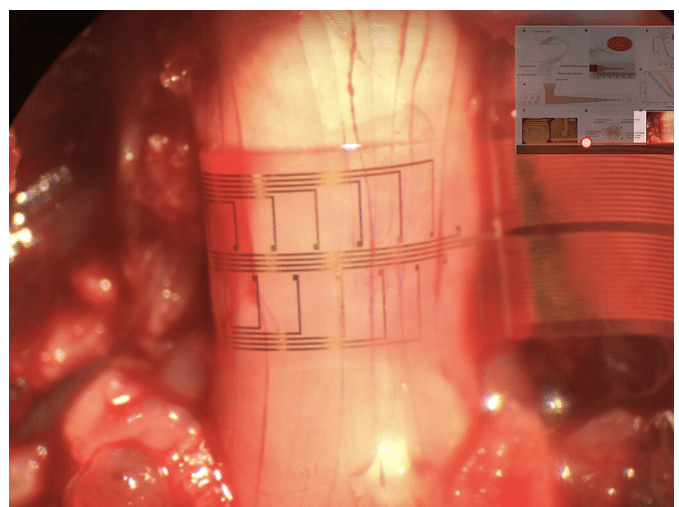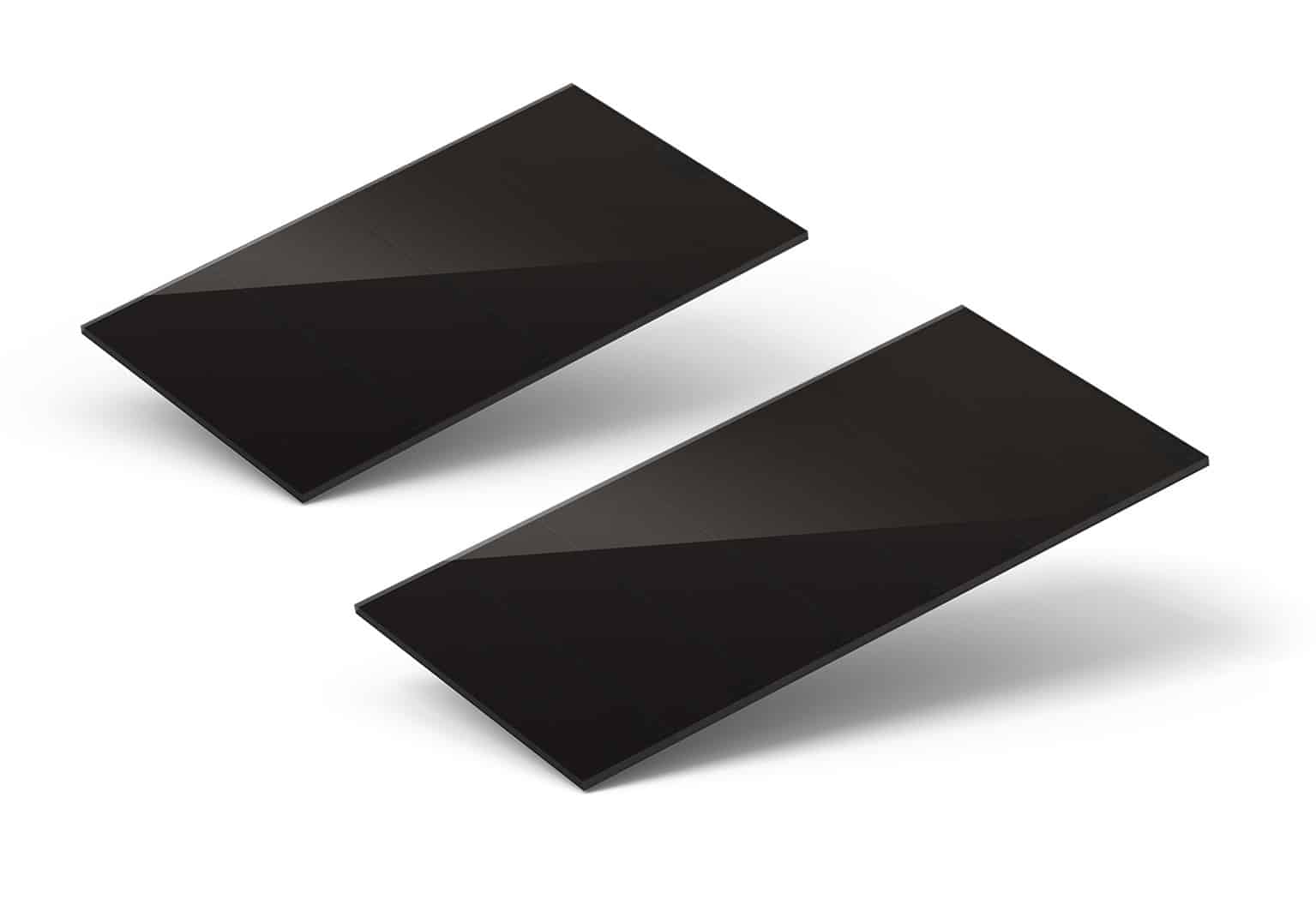//php echo do_shortcode(‘[responsivevoice_button voice=”US English Male” buttontext=”Listen to Post”]’) ?>
With the popularity of electric vehicles (EVs) surging, battery management systems (BMS) are becoming ever more diverse and complex in response to increases in the number of models, the shift to higher-voltage batteries, the rise in the number of battery cells, and other factors. Nuvoton Technology Corporation Japan has stepped up to develop a battery monitoring chipset that drastically simplifies BMS.
Measures to achieve carbon neutrality are making progress worldwide, and EVs are becoming more popular as part of such initiatives. According to forecasts by the International Energy Agency (IEA), EV sales are expected to reach 20 million units by 2025, and 40 million units by 2030.
To address the rapidly expanding EV market, it is important for auto manufacturers to extend their EV lineups as efficiently and for as low a development cost as possible. For that reason, shared platforms are being used as the base for the development of a variety of models, from passenger cars to commercial vehicles such as buses and trucks.
This trend has led to demands for additional flexibility from battery management systems. The BMS, which monitors battery status and performance, is essential for the efficient and safe use of EV batteries. When using a shared platform to develop a variety of models, the number of cells in the battery pack also varies significantly, for example from 80 cells to 100 or even 200 cells. If the voltage architecture of EV shifts from the current 400V to 800V to improve energy efficiency, this will result in further increases in the number of cells and in the complexity of the BMS. This has led to the need for a BMS that can be built simply and flexibly and tailored to the number of cells in the vehicle.
Looking ahead to the increasing popularity of this kind of EV platform development, Nuvoton Technology Corporation Japan has focused on providing chipsets that address the shift towards more diverse and performant battery management systems.
About Nuvoton Technology Corporation Japan
Nuvoton Technology Corporation Japan is a semiconductor company whose roots lie in Panasonic’s chip business. Its origins go back to 1952, when Matsushita Electronics was founded as a joint venture between Matsushita Electric Industrial (now Panasonic) and Phillips. Matsushita Electronics began production of semiconductors in 1957. After dissolving the joint venture with Philips, Matsushita Electronics was merged into Matsushita Electric Industrial and Semiconductor Company was established in 2001. Panasonic Semiconductor Solutions was founded in 2014 as a specialist in battery applications and spatial sensing technology. In September 2020, Panasonic transferred the semiconductor business to Nuvoton Technology, a member of the Winbond Electronics group in Taiwan, following which, the company’s name was changed to Nuvoton Technology Corporation Japan.
Despite superficial changes in the name of the company, as heir to Panasonic’s semiconductor technology, the organization inherits an unbroken tradition of semiconductor development and manufacture spanning nearly 70 years.
Nuvoton Technology Corporation Japan is currently concentrating on the three markets of New Energy, Smart Mobility/Robotics, and Smart Life. Battery monitoring ICs (BM-IC), which can be used in proposals to resolve issues in all of these domains, are an area of particular focus.
Involved in battery monitoring ICs since the dawn of the EV era
Battery monitoring ICs, which accurately measure battery terminal voltages and temperatures, are core components for the safe control of battery management systems. Because the results of such measurements have a significant impact on control of the BMS, a high level of reliability is required.
Nuvoton Technology Corporation Japan began developing battery monitoring ICs in 2010. This means that it has been involved in such activities since before the full-scale launch of the EV market. Yoshihide Kanakubo, Director of the Marketing Department, Battery and Analog Solution Business Group, Nuvoton Technology Corporation Japan, explains the company’s strong initiative. “We began development with the aim of contributing to the market for hybrid electric vehicles (HEVs), in which Japan has been a frontrunner. Even at that point we were already looking ahead to applying the technology to EVs.”

In 2021 the company launched its third-generation battery monitoring chipset, incorporating battery monitoring ICs and communication ICs (COM-IC). The communication IC is responsible for the communications interface between the battery monitoring IC and the MCU. This chipset has already been adopted for use by some of the major auto manufacturers in Japan, Europe, the U.S., and China.
In September 2023, the mass production of the fourth generation of battery monitoring chipset started. In addition to battery monitoring and communication ICs, the fourth-generation chipset benefits from a pack monitoring IC (PM-IC), which is used to measure battery pack current and monitor battery pack control.

A simple BMS to support EV platform development
The use of the fourth-generation chipset considerably simplifies the BMS compared to previous generations. This is because the PM-IC simplifies design in the area of the charge/discharge switch.
Every BMS without exception is equipped with a circuit (switch) to cut off the current in the event of excess current flow. The monitoring system for such charge/discharge switch was previously made up of discrete devices and external components. This resulted in a variety of problems, such as the requirement for long wire harnesses to connect multiple monitoring devices scattered throughout the design to the isolated interface, and increased loads on the MCU caused by the need to process data collected from each individual monitoring device.
To address, this the company developed a PM-IC to aggregate data from these multiple monitoring devices. Because this PM-IC connects directly to the COM-IC rather than to the MCU, it simplifies communication around the MCU. When acquiring current data from the battery pack, the PM-IC need only deal with the COM-IC, which makes it easier to handle MCU processing issues such as interrupts and sequences. “As well as enabling high-speed collection of all the data at once, it enhances safety by allowing a simpler circuit” points out Kanakubo. “The addition of the pack monitoring IC leads to a rationalization of the BMS.”

A chipset that can monitor 25 channels
There has also been an evolution in the chipset ICs themselves. The third-generation battery monitoring ICs were able to measure voltage for up to 20 cells (20 channels), but in the fourth generation this has been increased to a maximum of 25 cells (25 channels). What this means is that for a battery pack with 100 cells, a BMS needs only four battery monitoring ICs. “Many competing products usually have up to 18 channels or 14 channels, you need six or eight ICs to support 100 cells” says Kanakubo. Nuvoton Technology Corporation Japan achieved the multichannel of 25 cells with its proprietary high-voltage analog process. “The increase in the number of channels requires a proportionate increase in the level of breakdown voltage. If the battery voltage when fully charged is 4V, 20 channels require at least 100V of breakdown voltage. Whether or not you can use a high-voltage analog process is the key to increasing the number of channels,” explains Kanakubo.
In addition to the 25-channel product, a 20-channel product in a pin-compatible package has been developed for the battery monitoring IC. “It is often the case that the number of cells in the battery pack is determined after the vehicle model has been decided. When developing for the same platform, if a designer wants to scale down a battery pack from 100 cells to 90 cells, two of the four 25-channel products can simply be replaced by two 20-channel products (two 25-channel and two 20-channel products). Customers rate our lineup highly for being flexible enough to cover every eventuality.”
By combining a battery monitoring IC to measure voltage with a pack monitoring IC to measure current, the battery’s State of Health (SOH) and State of Charge (SOC) can be estimated with a high degree of accuracy. It can measure voltage and current simultaneously within 10 microseconds, allowing highly accurate calculations of the internal impedance of battery. It is difficult to identify deterioration in the battery from the voltage value alone, so being able to measure impedance is important for obtaining realistic estimates of the SOH and SOC. Also, the PM-IC has a variable gain amplifier inside, it can measure from low to high currents. This enables highly accurate measurements of current in all vehicle scenarios, such as when the EV is at a standstill (low current) as well as when it is accelerating (high current).
Nuvoton Technology Corporation Japan’s chipsets are compliant with ISO 26262 ASIL-D of functional safety for automotive. The BM-IC and PM-IC have internal duplicated measurement system for redundancy measurement. “In order to enhance reliability, for, say, a 100-cell pack, we measure all 100 cells using two independent systems. Safety is at the core of the technology that we have inherited through this long-lasting business of ours” emphasizes Kanakubo.
A development roadmap that looks ahead to a circular society
While working to expand the fourth generation, the company is simultaneously forging ahead with the development of next-generation chipset solutions. Looking ahead to a circular society, Nuvoton Technology Corporation Japan also takes into account such factors as the need to extend battery life, battery reuse and recycling, and the EU-mandated “battery passport” international standard that will be introduced in 2026. The company is planning a development roadmap that incorporates technology to make battery deterioration estimation and battery heat management easier.

Kanakubo is upbeat on the future. “The powertrain where the BMS is used is one of core components of the EV, and market performance is very important for semiconductors used in those components. Based on the know-how and market performance we have accumulated since the dawn of the EV era and we will continue to provide cutting-edge chipset solutions to drive the EV market forward.”









